Easy Houseplants To Keep Alive Without Really Trying
If you love plants but feel like you don't have a green thumb, or quite the opposite, don't worry, there are still options for you! As someone who has always loved having plants to brighten up my space, I often found them dying and the browning, saggy leaves are anything but uplifting to your energy.
Through experiences of growing different plants, attending many plant funerals, and having some personal success stories, I have found the perfect bunch of houseplants that are easy to keep alive and don't require much effort in caretaking.
Here are the best plants to start your personal home garden, easy to take care of, or just so durable that even your most irresponsible friend cannot kill.
1. The ZZ Plant
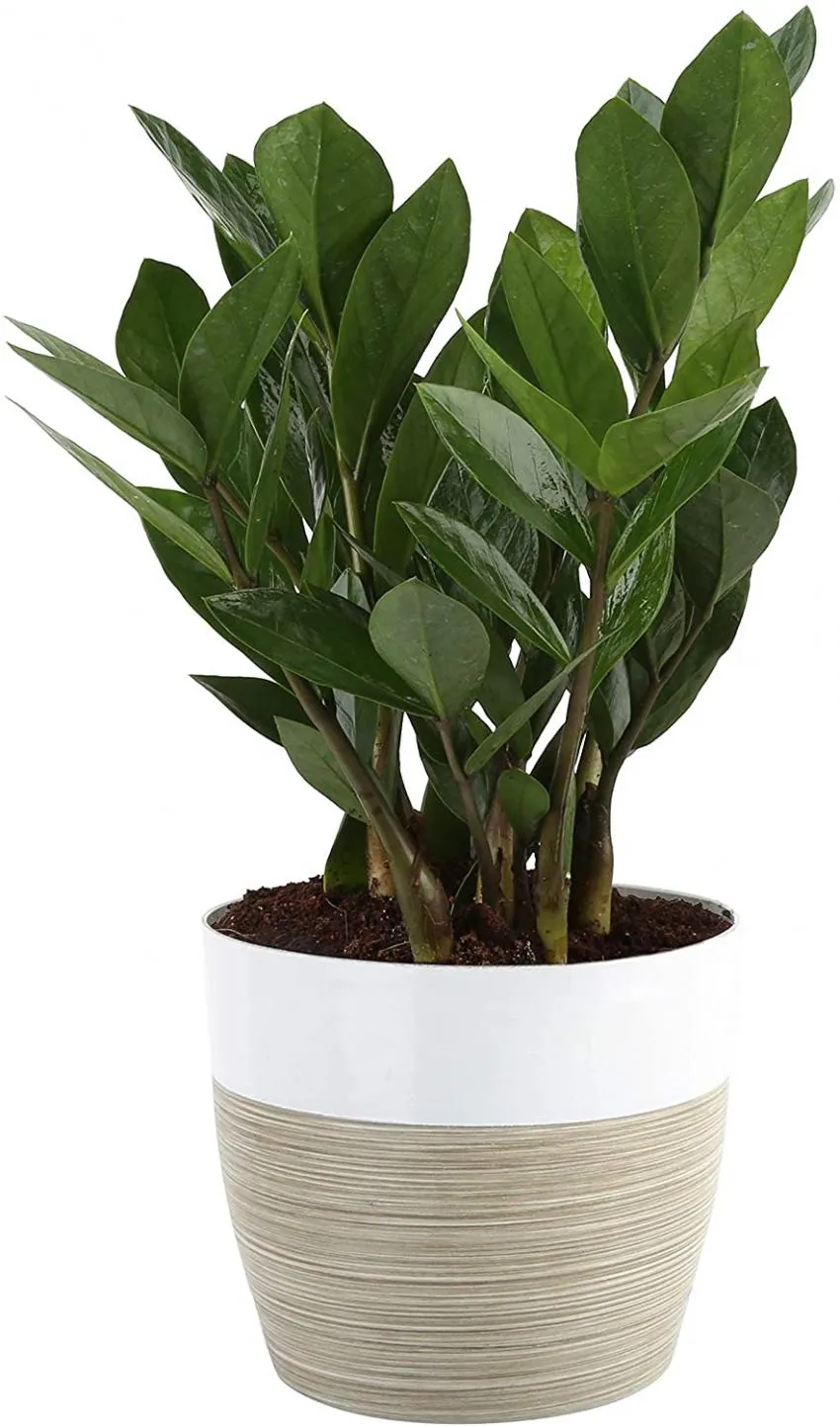
This plant has been one of my longest-lasting plants. I have had it for three years, which means it made it through four different apartment moves including a move to a whole different state. It was given to me as a gift from someone near and dear to me, so this plant is very special.
The ZZ plant, otherwise known as a Zanzibar Gem, or scientifically called the Zamioculcas Zamiifolia is the perfect plant for beginners. The South African native ZZ plant, can survive in low amounts of sunlight and go many days without water. In other words, if you forget to show your plant baby some love, you have time to care and make up for it.
The medium size is perfect because it is something noticeable and decorative, but it is still easy to find a place to put it along with the window or in the home.
The dark green leaves have a wax coating and lighter underside that manages to look and stay strong throughout the plant's life journey. In a recent study, it has also been proven that the ZZ plant is an air purifier and actually cleans the toxins in the surrounding air.
The Zanzibar gem will grow taller and more branches, but very slowly. You will not need to replace the pot for a year or two after growing the plant. However, the amount it grows will you catch you off guard when six months down the road you notice how much it has blossomed, and you are the reason why!
2. Sedum Makinoi Tornado Plant
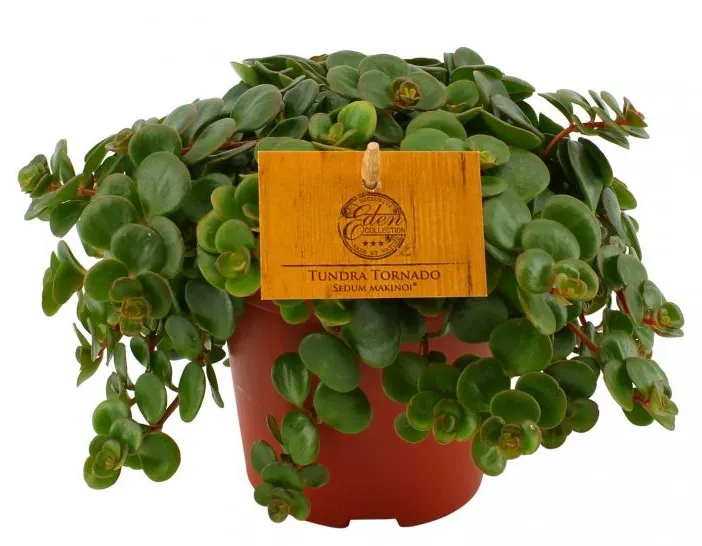
Succulents are tricky. People always give cacti as gifts for the sole reason that they are impossible to be killed. If you are anything like me, you know this is not true. Succulents can be quite difficult to take care of in terms of how much direct light they need and how wet the soil must be.
The Sedum Makinoi Tornado has two requirements: the soil must always be damp, and it needs to be in a sunny spot with lots of sunlight.
If you have a bright window, this plant is so much easier than any other succulents. The size being larger helps keep the stems strong and thriving, they can trail down from the pot and hang very beautifully.
The stems will start to thin out and the leaves will fall off when it is dying. No need to fear if this starts to happen. Make sure your pot is able to drain out the water from the soil, if it is not, start watering the Sedumn Tornado in the sink or bathtub, so the soil is not overwatered. After it drains put it back in exposure to direct light.
What even does well draining the soil mean? Draining the plant's soil means that when you water your houseplant, pots sometimes will have a draining hole, and other times they will not. The little hole in the bottom will allow the water to drain through the soil and out of the pot. If there is no draining hole, the water will collect at the bottom of the pot and can make the soil too wet and end up killing the plant altogether.
If you find yourself with pots that do not have the draining hole, it is recommended to keep them in the original plastic pot and water them in the sink, so they are able to drain. Then you can re-place your plant in the decorative pot, with the plastic shell still around it, so you can take it out and water it the same way next time.
3. Snake Plant
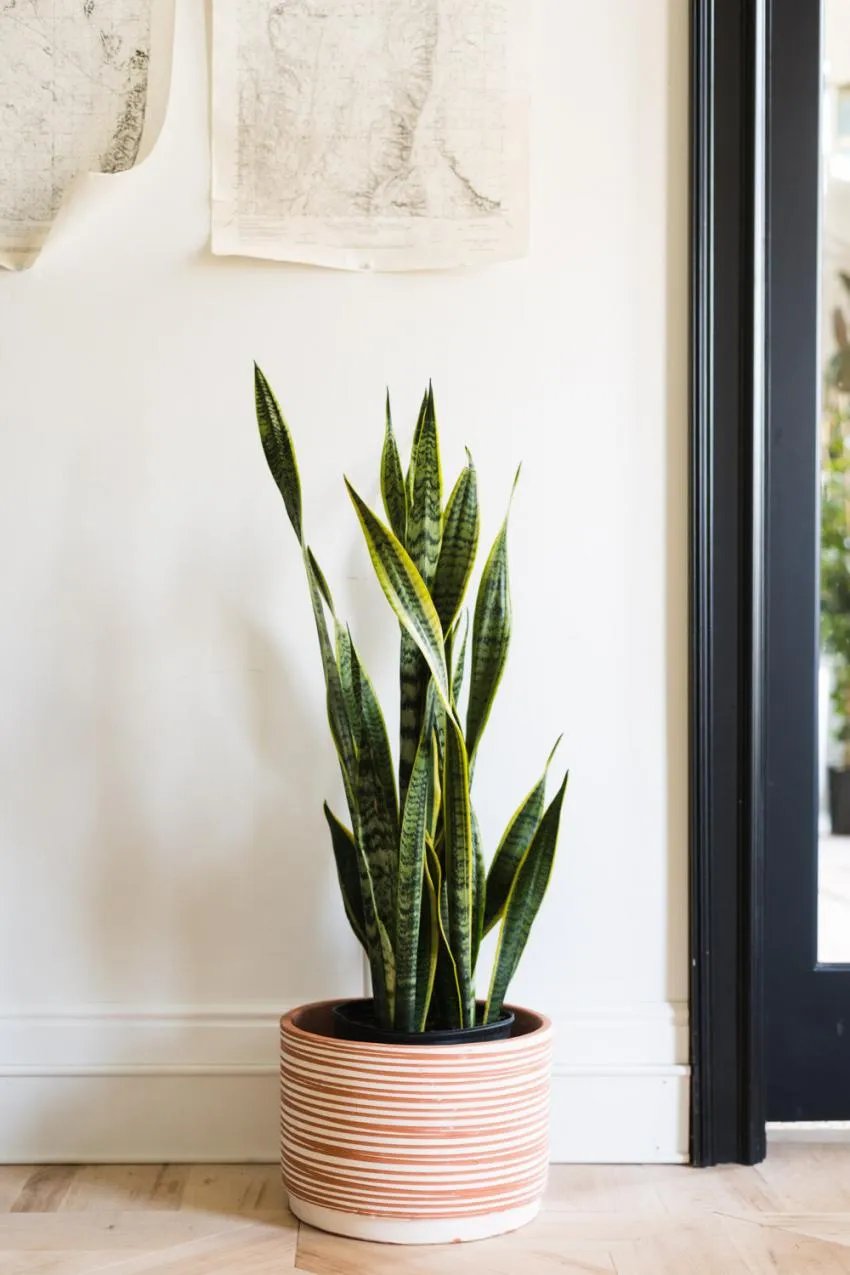
The snake plant is a common name for Dracaena Trifasciata which is found in Nigeria to the Congo of Africa. The snake plant requires low sunlight and only needs to be watered every two to three weeks.
The tropical plant does great inside in room temperate. The beautiful leaves have yellow edges with a pattern resembling one to the skin of a snake, and when they grow the leaves will shoot straight up.
Try planting your snake plant in a smaller pot since the roots prefer to be crowded in order to grow faster. However, this can grow quite large, and you may need to move it to a bigger pot. Remember, that this is a good problem to have!
4. Spider Plant
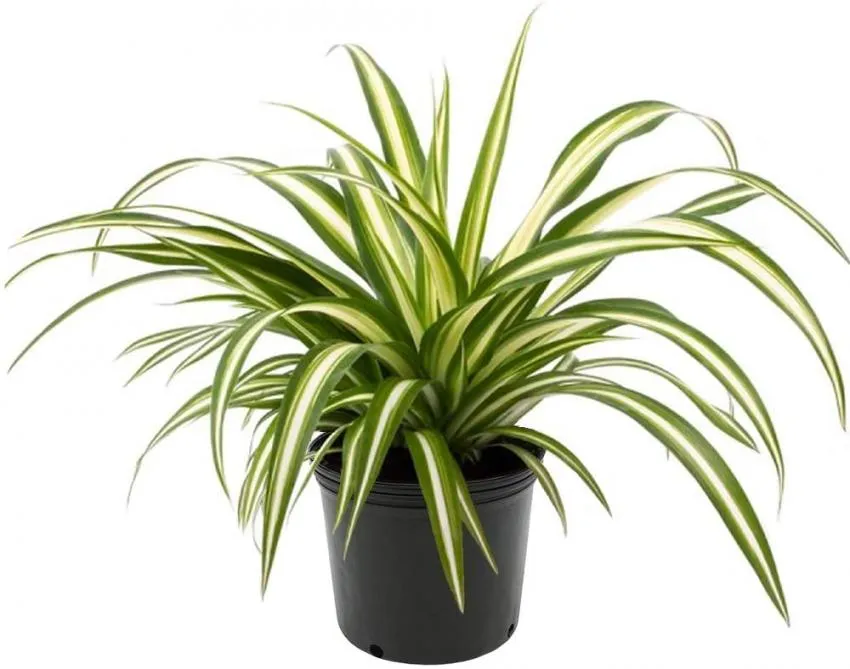
With the animal theme in mind, next, we have the spider plant. Chlorophytum comosum is the scientific name for this web-less plant. It is also commonly known as the ribbon plant because of the thin, long leaves.
Spider plants are super easy to take care of. It has the ability to adapt to any environment and tolerates neglect. They like to dry out in between watering so do not water more than once every two weeks.
They even will bloom little flowers that turn into baby spider plants. I don't know about you, but I prefer baby spider plants blooming than spider eggs hatching.
5. Wave Fern Plant
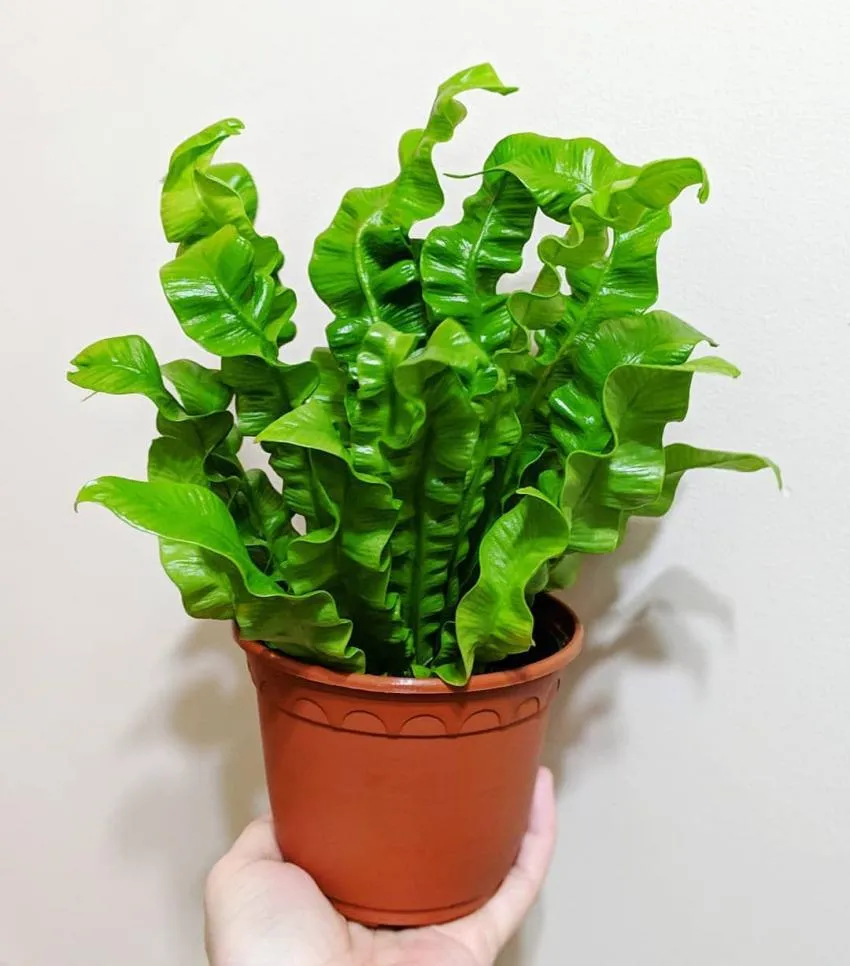
The wave fern is another popular houseplant you may have seen around because of its ability to outlast all the others. It also known as a bird's nest fern, or scientifically as a Japenese Asplenium Nidus, originated from tropical climates.
They love humidity so if you want to go the extra mile for your new baby, use a spray bottle to mist the leaves creating a mock humid environment.
The wave fern needs to be kept moist, but soil only needs to be watered 1-2x a week maximum! Don't spend too much time in between watering days because you don't want the soil to completely dry out, causing the leaves to brown and die. Overwatering and not draining the soil properly will leave it too wet and also cause the plant to brown.
6. Aloe Vera Plant
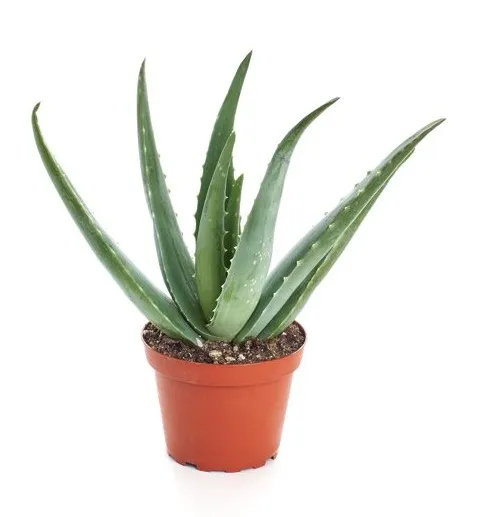
Aloe Vera plants are not only easy to keep alive but provide a healing ointment inside for human use. This magical plant is a cure for sunburn, irritated skin, and even drinking the gel will help an upset stomach.
Aloe Vera is another plant that needs proper draining but likes to be drenched in the soil now and then. Other than that, leave it in a sunny spot and ignore it. Your Aloe plant will do better by not receiving as much attention.
If you're a pretty independent person, likes time to yourself, or travels often, the Aloe Vera plant is perfect for you. It likes to do its own thing.
7. Coffee Plant
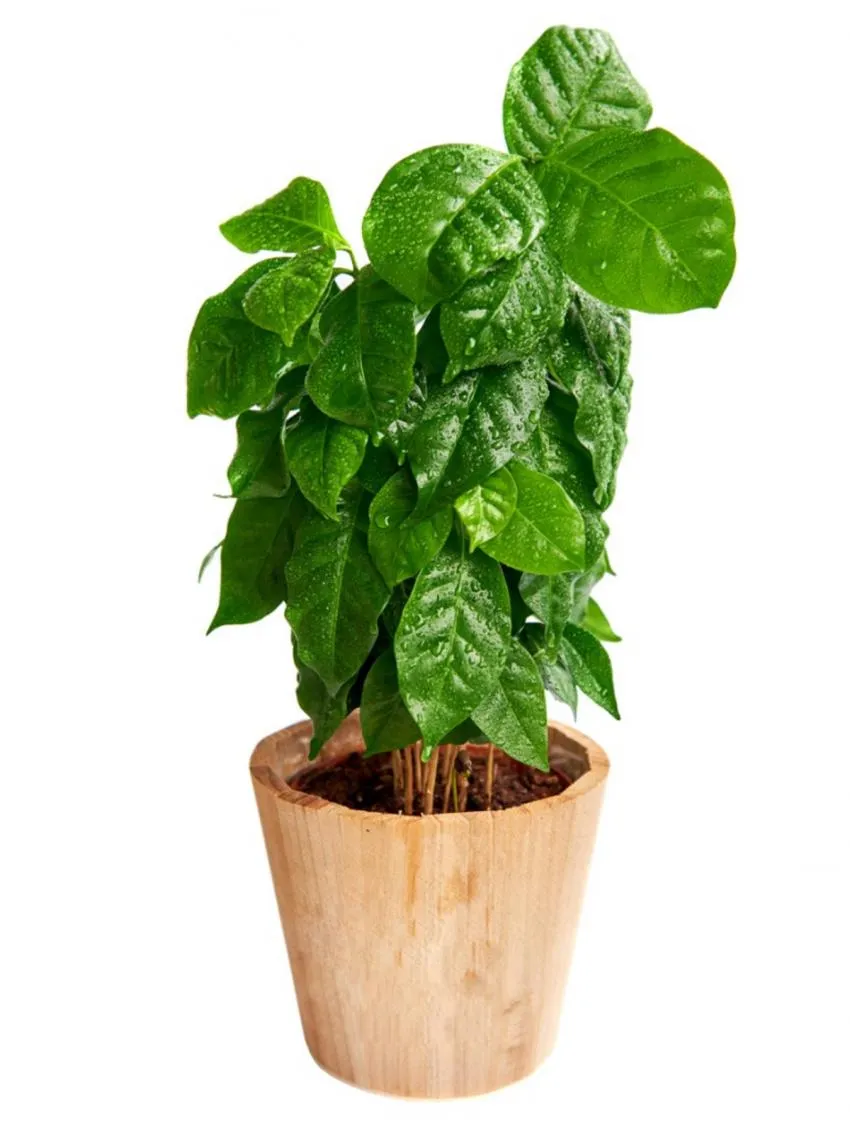
Coffee plants are another plant that will give off produce after growing for three to four years. Like the name says, the coffee plant will bear a coffee cherry, but it will take years to get there and only harvests about once a year.
Luckily, coffee plants are not only coveted for the coffee cherry. They are trendy, beautiful plants that grow easily inside or outside so are fit for any kind of home.
Once again, make sure the coffee plant's soil is properly drained but water deeply every time, making sure the bottom and roots are thoroughly soaked. The coffee plant prefers indirect sunlight, so don't place it right in the window but make sure it still is getting some sun.
8. Prayer Plant

Also known as the Maranta Plant, the prayer plant is the common name due to the plant's tendency to drop down in a praying position.
Prayer plants prefer shade! They do not like direct, bright light. Maranta's only need to be watered once every couple of weeks and the main source of a dying prayer plant is actually from too much sun or too much water.
Don't obsess too much over this guy, it will be praying you to leave it alone. For real though, it will be.
9. Air Plants
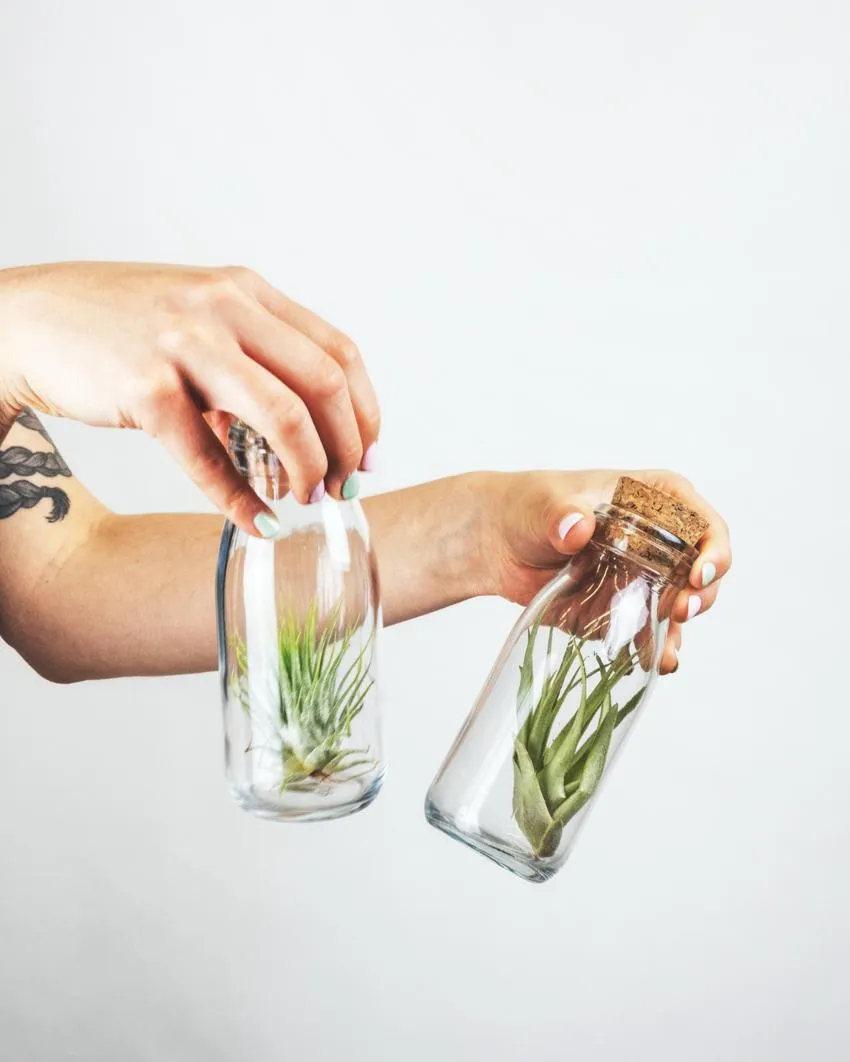
Air plants are essentially the easiest plant to take care of. Air plants require no soil, hardly any water, and can tolerate low to high amounts of sunlight, direct or indirect.
Air plants, scientifically called Tillandsia, have around 600 different kinds of species within them. Tillandsia Streptophylla, Capitata, and Concolor are amongst some popular ones and are found in Central America or the Southwest regions of the United States.
You can place air pants in a glass terrarium or on a wall shelf. You can mix them with other bouquets or plants, leave them on their own, or create a way to use them as decor.
Take a spray bottle and mist the air plants once every other week. You can also use a bowl and your fingers to lightly coat the plants in some water drops.
For a personal take: My air plants have been on a vase along the wall for seven months. The wall is right next to my window, so they get zero direct sunlight. I tend to forget to water them, even on days when I water my succulents, so I have probably only watered them seven times within the seven months. They look exactly how they did when I first got them seven months ago. Take that information however you would like.
Although these house plants may be best for those who don't know what they're doing or are just straight-up lazy, remember they are alive and breathing too. Take some time to give them your love, even saying a quick hello and goodbye will do the trick. Oh, and sunlight and water too.
Opinions and Perspectives
I can totally relate to having a plant funeral history! The ZZ plant saved my reputation as a plant parent.
My snake plant is basically immortal at this point. I've had it for 5 years and it's survived everything I've put it through.
I tried growing an air plant and somehow managed to kill it. I thought they were supposed to be impossible to kill!
Actually, air plants can be tricky if you don't give them enough moisture. They still need water even though they don't need soil.
The coffee plant sounds interesting but I'm not patient enough to wait 3-4 years for coffee cherries.
Anyone else find it fascinating how the prayer plant actually moves into a praying position? Nature is amazing!
I've killed three succulents thinking they needed lots of water. Wish I'd read this article sooner.
The spider plant has been my gateway into becoming a plant parent. Those baby spiders are just too cute!
I'm surprised pothos didn't make the list. That's been my most resilient plant by far.
The tip about drainage holes is so important. Lost my first few plants because I didn't understand proper drainage.
I love my aloe vera plant! Used it last summer when I got sunburned and it worked like magic.
The wave fern sounds perfect for my bathroom with all the shower humidity.
My ZZ plant survived two weeks without water when I was on vacation. These things are truly indestructible.
I've found talking to my plants really does help them grow better. Glad I'm not the only one who says hello to them!



